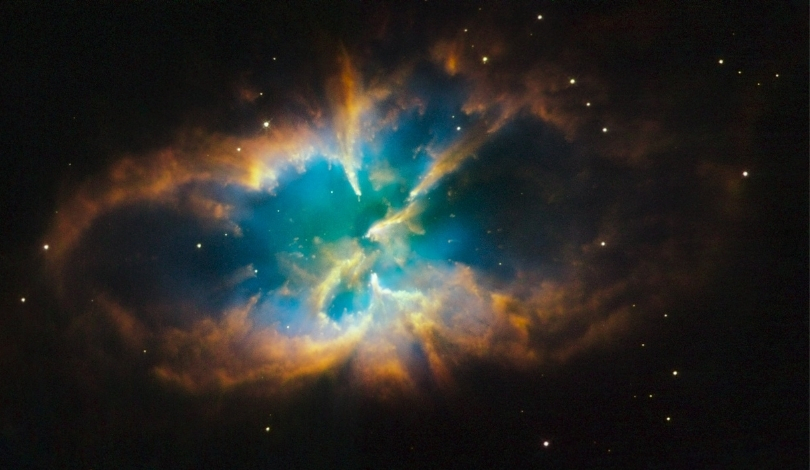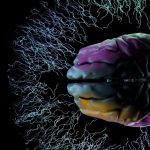A recent discovery has shed light on the enigmatic behavior of supermassive black holes when they interact with stars. The event, designated AT2019qiz, was initially observed in 2019 and has since provided valuable insights into the nature of quasi-periodic eruptions (QPEs). These findings enhance our understanding of the dynamic processes occurring near the centers of galaxies.
Decades of observations have documented various interactions between black holes and surrounding celestial objects. While tidal disruption events were known to cause significant stellar disruptions, the connection to QPEs has only recently been established. This new evidence bridges a gap in our understanding of how black holes influence their immediate cosmic environment.
What Triggers Quasi-Periodic Eruptions?
Quasi-periodic eruptions are recurring bursts of soft X-rays emitted from galactic centers at intervals ranging from hours to weeks. The latest research suggests that these eruptions result from a companion object, possibly a star or a smaller black hole, orbiting closely to the supermassive black hole. Each passage through the accretion disk stimulates the release of X-rays, creating the observed periodicity.
How Did Observations Confirm the Model?
Using the Chandra X-ray Observatory, astronomers monitored AT2019qiz and detected X-ray flashes occurring approximately every 48 hours. Supplementary data from Swift and AstroSAT telescopes corroborated these findings, reinforcing the hypothesis that the companion object’s interaction with the accretion disk drives the QPEs.
What Are the Implications for Black Hole Research?
This discovery offers a clearer picture of the mechanics behind QPEs and the behavior of objects in extreme gravitational fields. Understanding these interactions not only helps explain the rarity of QPEs but also provides a framework for studying similar phenomena in other galactic centers.
The integration of multi-telescope data has been pivotal in validating the proposed model, highlighting the importance of collaborative astronomical efforts. As QPEs continue to be a subject of interest, future observations may reveal more about the intricate dance between black holes and their celestial companions.
This advancement in black hole research underscores the complex nature of these cosmic giants and their ability to influence their surroundings in profound ways. The ongoing study of AT2019qiz sets the stage for uncovering more such interactions, potentially leading to new discoveries in astrophysics.
Further investigations are expected to explore the exact nature of the companion object and the detailed mechanisms driving the X-ray emissions. Such research will be instrumental in deepening our comprehension of black hole dynamics and their role in the broader cosmic landscape.










